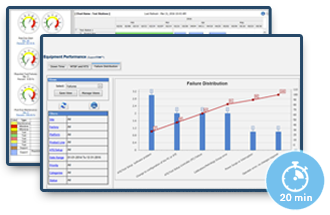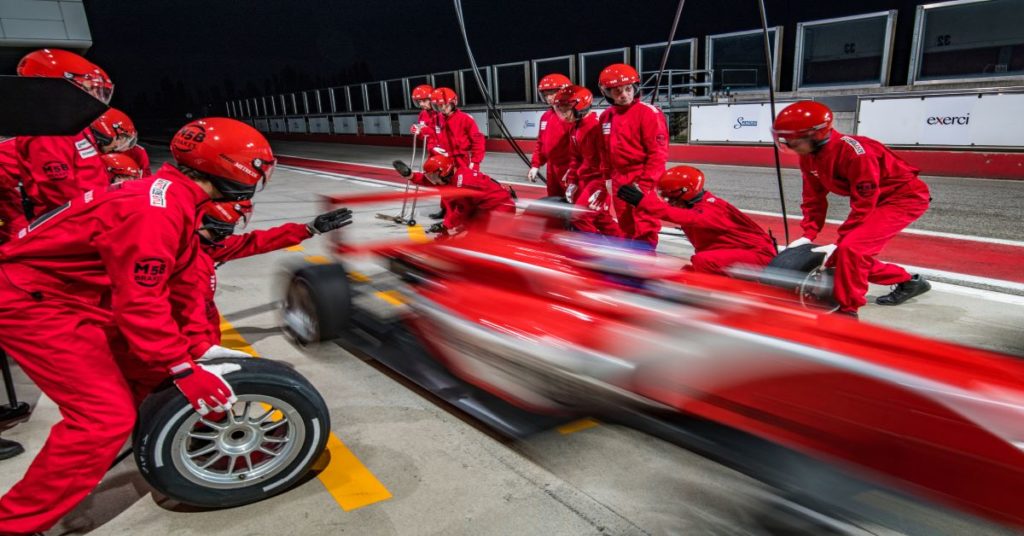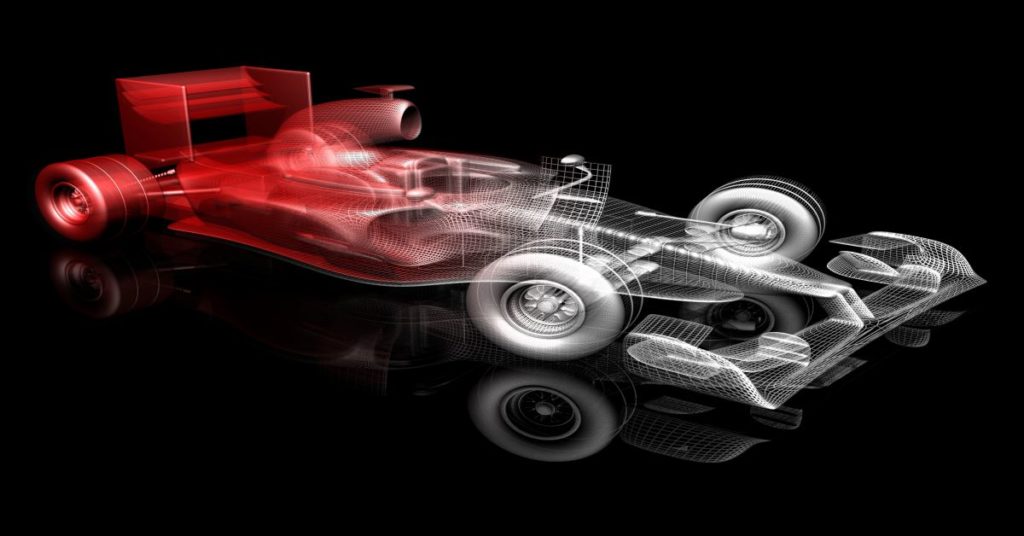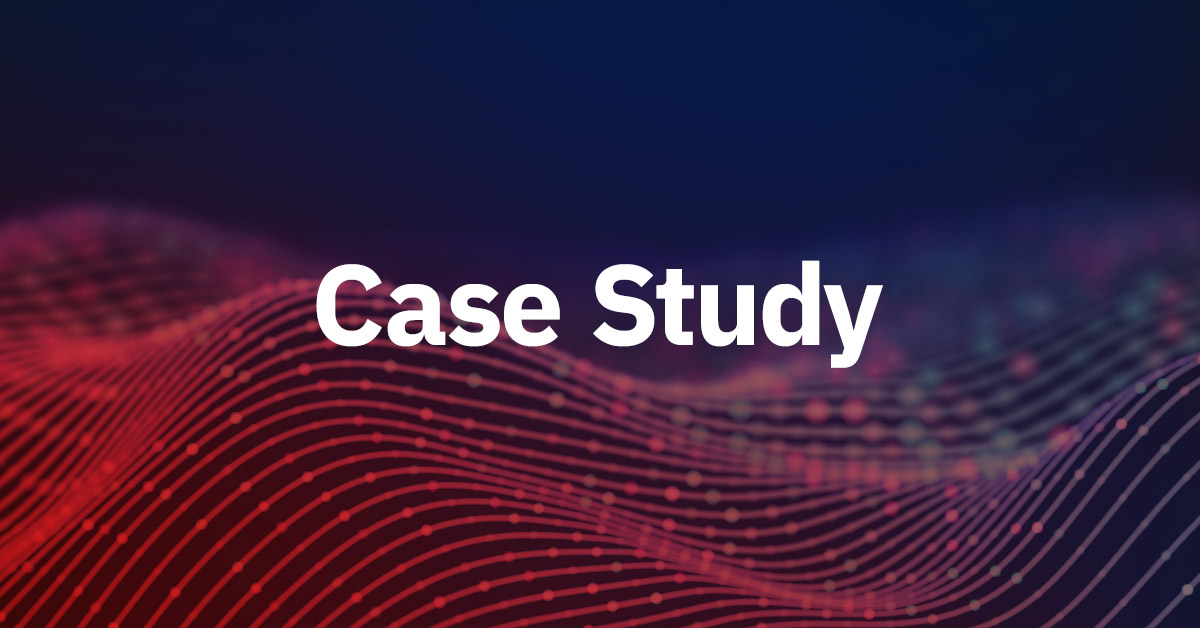

We don’t organize merely around managing assets. Assets are easy to manage. They never have a bad day. They are never dissatisfied with their work, ask for more money, have hidden agendas or storm out of the room — although over the years we have heard quite a bit about how assets “walked”. Assets can’t do any of these things, they are inanimate objects.
While assets are inanimate objects humans are intentional. Their intentions will lead to certain commitments and those commitments will lead to outcomes. One of the commitments that will need to be made is the capabilities required for success. The intentions, commitments, and capabilities required for asset management teams to drive 50% reduction to costs and up to 2X increases to speed are what differentiate aEAM – Accelerated Enterprise Asset Management.
Groundbreaking results require the capability to manage human behaviors first.
Human dynamics drive the most significant “asset management” breakdowns and costs. When I asked engineers to explain to me their various causes for delays and added costs one of the common complaints was lost equipment. It wasn’t lost because they misplaced it, but because someone took it. It was such a common occurrence that it had been named, “Midnight Acquisition”. Engineers tell me they have commitments to keep and they’ll do whatever it takes to get their test done on time. Skill with midnight acquisition and hoarding is often a badge of honor. We worked with one customer whose various departments thought of themselves as a”loosely associated bands of warring tribes.”
Organize Your Solution Around Helping Users Fulfill their Commitments.
Sente’s solutions organize around managing commitments and building trust because those commitments drive critical value streams that just happen to use test equipment assets and highly skilled technical personnel in the process. Assets don’t “walk”; they are moved by people acting consistently with their commitments. Unless you understand and include people’s commitments and challenges you can’t solve their speed and total-cost challenges. In fact, when you design a solution without speed and total-cost intentions in mind, you might very well increase costs and reduce speed. We’ve seen this many times. It’s not unusual for an asset management team to claim they made money for the company by selling off a test asset while at the same time the engineering team is trying to explain the reason their program has been delayed because the asset is no longer available.
Test Organizations are Complex
The test environment is a complex adaptive system in which stimulus (new requests, processes, or tools) produces a dynamic set of interacts of the people in the organization in response. Hoarding is one of these responses. To design a successful solution for sure requires technical knowledge to calibrate, repair, and know how to use these assets. However, knowledge beyond technical information about the asset is critical for driving significant improvements to speed and cost. In addition to technical knowledge of the asset, one needs to have the knowledge of what drives the behavior of the people who use assets so that ineffective habits can be broken with powerful narratives and incentives. It will require moving away from the organization as a machine and people like cogs in the machine to one focused on the importance of human capital, their intentions, and challenges.
Change the management paradigm from “control” to “governance”.
The common management paradigm for asset management is “control”. This paradigm works when change happens slowly and you have no expectation of your employees to think. Control is a fundamentally flawed notion in today’s fast-moving and competitive marketplace. Machines are controlled, people, if you want them inventing must be free to think. Part of this paradigm also includes the notion of change by force, as this is what machines do, but organizations aren’t machines either and they can’t be forced to change. Strategies that use force fail because they produce perverse incentives that create unintended and generally non-productive responses. Groundbreaking results require moving from a control model to a governance model.
A governance model must include knowledge of how to modify an organization’s practices and structures to provoke the changes required for success and trigger cascading positive behaviors at scale. Common “asset tracking” or “property management” systems are built from a control paradigm. While they do help to take care of some common business obligations, they will actually be counterproductive when working to produce the velocity required in today’s competitive marketplace.
Tune your solution to the value streams it supports
One size fits all solutions don’t work if you are after truly groundbreaking results. Asset management can not be one size fits all and meet today’s demanding cost and velocity requirements. Know what the objectives of the teams are that are using the assets and how they intend to produce those objectives so that the solution you put in place builds trust by helping them with their objectives. When users can anticipate they will have the assets and resources they need when they need them to fulfill their intentions they’ll stop hoarding. When they can anticipate the asset management function will help them with this they will be more open to accepting help from the team, new tools and practices will be accepted more easily and performance will accelerate over time.
Request a Demo

See how Scireo aEAM Software drops asset and support costs by 50% while accelerating time-to-market 2X.
Relevant Content
Asset Management 5.0: Designed for Speed & Competitiveness
Accelerated Enterprise Asset Management (aEAM) is an award-winning software and services suite used by companies with complex, asset-intensive operations and demanding competitive requirements for better than incremental improvements to speed, agility, and cost-effectiveness. The same old solutions won’t work. This is where Scireo aEAM comes in oto help transform your business. The Results with Asset…
Are Your Teams Equipped For Speed? Accelerate With aEAM Algorithms.
We are in a new age of competition that the World Economic Forum calls the 4th Industrial Revolution. New tools and technologies are enabling people to fulfill new and more competitive intentions ramping competitive pressures on everyone to move with speed and efficiency or risk failure. Incremental changes won’t work. They simply won’t be enough…
Equipment Utilization Case Study: Space Company Leverages Assets
The hoarding culture was slowing this company down while impacting cost and quality. See how a journey to common processes and collaboration lead to a 50% reduction in assets as their business doubled.
Case Study: Semiconductor Company Increases Test Equipment Utilization
This company had a leading market share and wanted to solidify its position with its strategic customers by installing test capabilities on their sites. See how a 40% increase in bench utilization funded the project.
Notable Quotes
Sente’s focus on company culture contributes to many of their successes. Their study of cognitive science, microeconomic principles and language/narratives leads to a more scientific approach to culture than most think possible and that approach leads to groundbreaking results.
Frost & Sullivan, Industry Analyst








